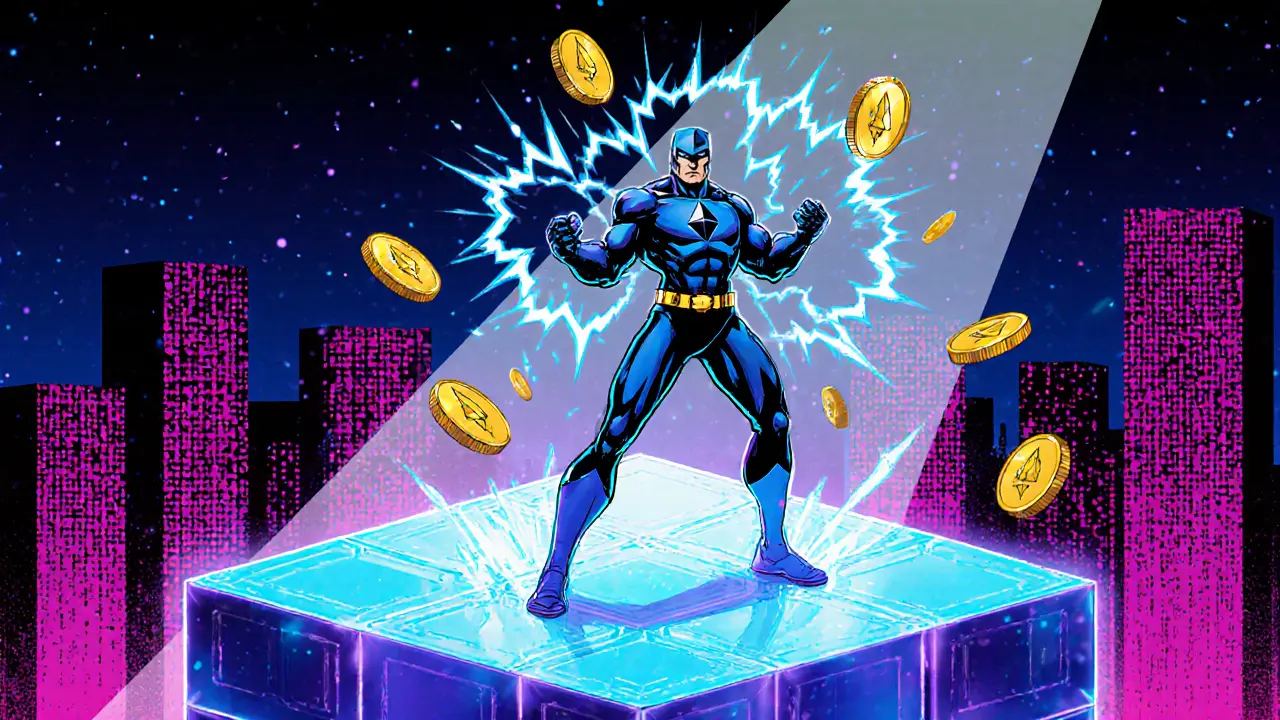Solidity – Master the Language Behind Ethereum Smart Contracts
When working with Solidity, a high‑level, contract‑oriented language used to write Ethereum smart contracts. Also known as Ethereum contract language, it lets developers encode business logic that runs exactly as programmed. Smart Contract, self‑executing code stored on a blockchain that enforces rules without a middleman is the building block, while Ethereum, the leading public blockchain platform that supports programmable assets provides the execution environment. Those contracts power Decentralized Applications (DApps), user‑facing services that run on‑chain and cannot be shut down by a single entity. In short, Solidity enables the code, the contracts enforce it, Ethereum runs it, and DApps expose it to users.
Solidity’s syntax mirrors JavaScript and C++, making the learning curve familiar for web developers. It compiles to EVM bytecode, which the Ethereum Virtual Machine executes. Every function call consumes gas, a fee measured in wei that protects the network from abuse. Understanding gas mechanics is essential: a well‑optimized contract saves users money and reduces attack surface. Security patterns like checks‑effects‑interactions, re‑entrancy guards, and proper access control are baked into the language’s standard libraries. These attributes—syntax familiarity, deterministic compilation, gas awareness, and security tooling—define Solidity’s value proposition for anyone building on Ethereum.
Beyond the language itself, a suite of development tools makes Solidity practical. Remix is a browser‑based IDE that lets you write, compile, and test contracts instantly. Hardhat and Truffle provide full‑stack frameworks for local testing, deployment scripts, and plugin ecosystems. Designers often pair these tools with OpenZeppelin’s audited contract library, which supplies ready‑made implementations for ERC20 tokens, role‑based access, and upgradeable proxies. The ecosystem forms a feedback loop: Solidity defines the contract, the tools compile and test it, and libraries inject proven patterns, all while Ethereum executes the final bytecode.
The real‑world impact of Solidity shows up in token standards and financial primitives. ERC20 contracts power billions of dollars in cryptocurrency, while ERC721 and ERC1155 enable NFTs that represent art, gaming items, and real‑world assets. DeFi platforms—lending, swapping, and yield farming—are built from layers of Solidity contracts that interact through composable interfaces. Each new protocol you hear about, whether it’s a novel airdrop, a staking mechanism, or a cross‑chain bridge, starts with Solidity code that encodes the economic rules. By mastering the language, you gain the ability to audit, create, or improve any of these systems.
Our collection below reflects the breadth of Solidity’s ecosystem. You’ll find guides that break down mining difficulty, airdrop verification, and regulatory risks—all topics that intersect with smart contract design and Ethereum’s network dynamics. Whether you’re a beginner curious about how code becomes money, an intermediate developer looking to tighten security, or an advanced coder hunting for the next DeFi hack, the articles ahead give you concrete examples, practical tips, and up‑to‑date insights. Dive in and see how Solidity powers the future of decentralized finance, NFTs, and beyond.

How Ethereum Smart Contracts Work: A Beginner’s Guide
A clear guide explains how Ethereum smart contracts work, covering the EVM, Solidity, gas fees, deployment steps, oracles, token standards, limitations, and best practices.
August 19 2025